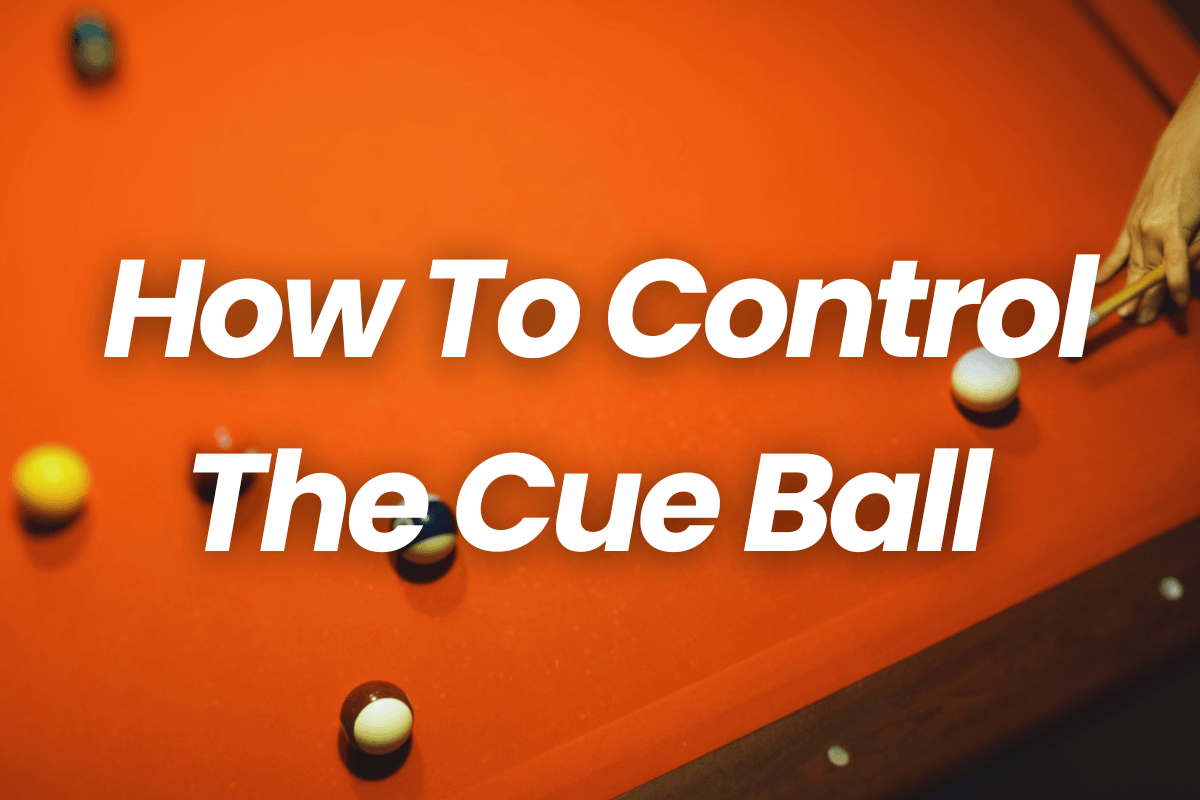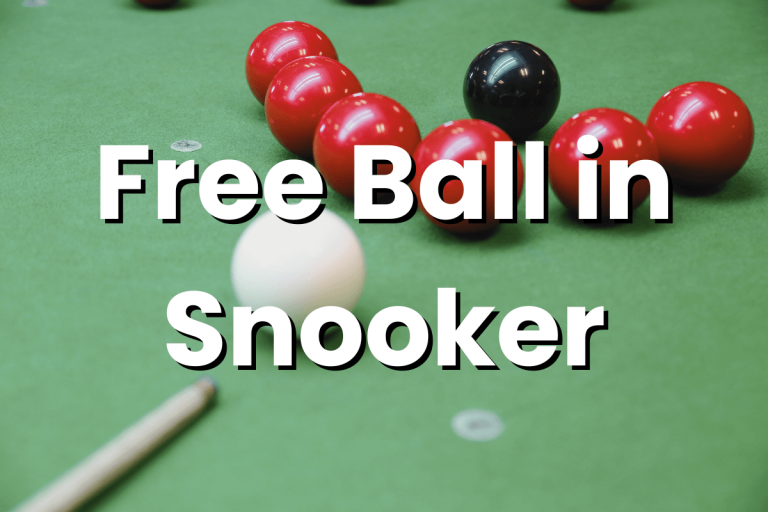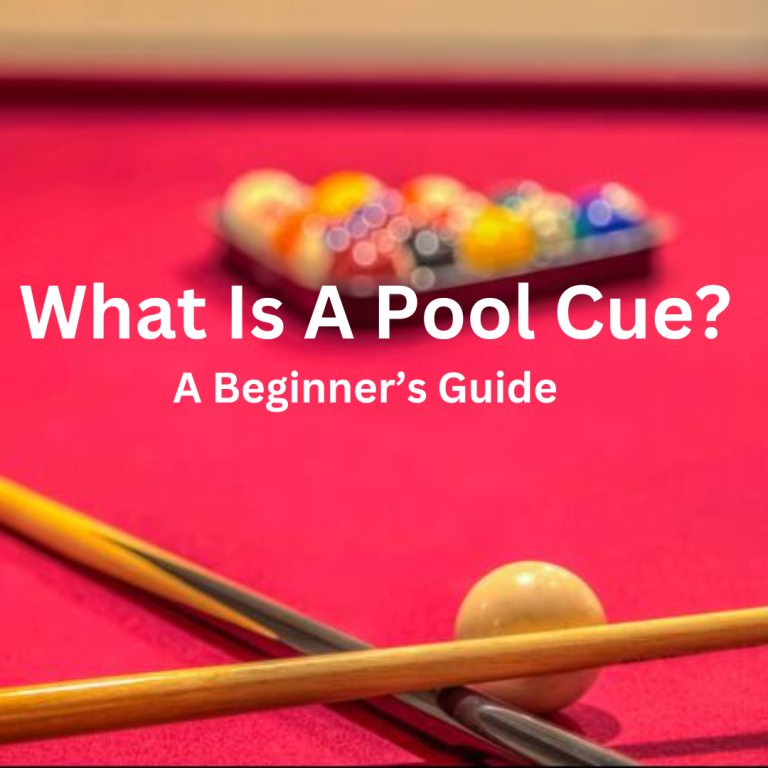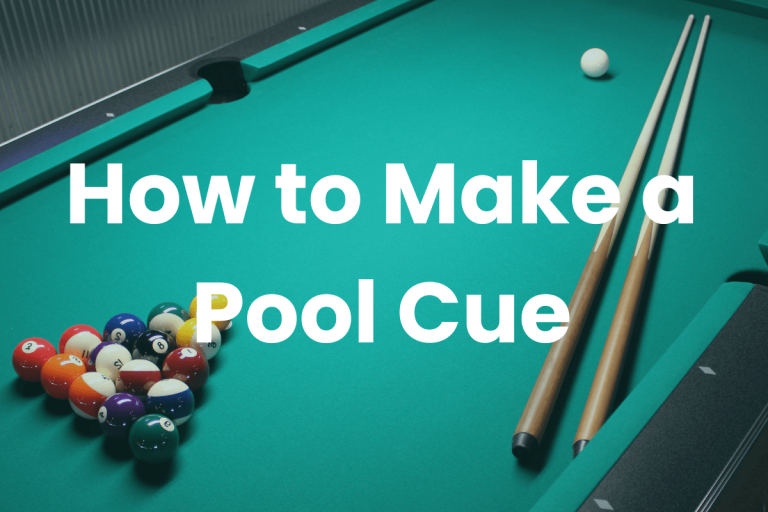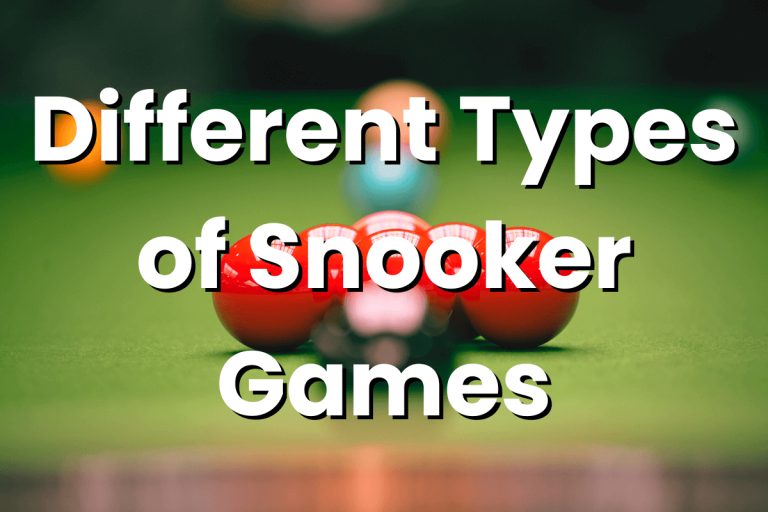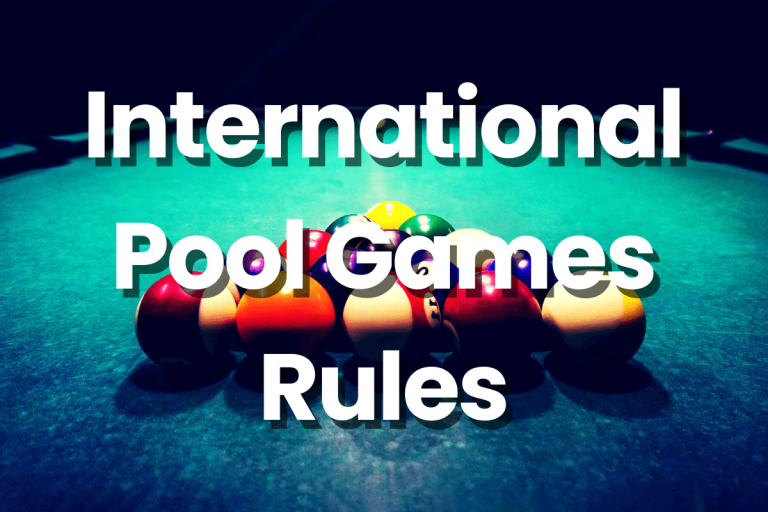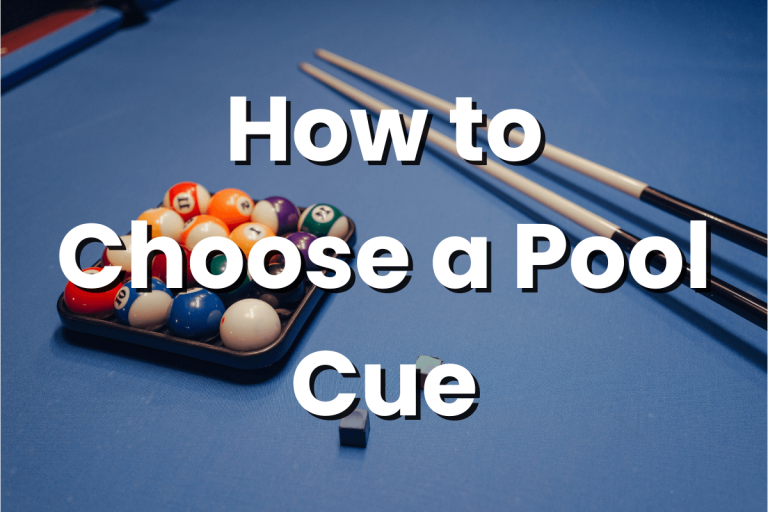Master in Cue Ball Control: Unlock Precision in Every Shot! (2024)
Cue ball control is the heart of pool and billiards. It’s the key to setting up winning shots and outmaneuvering opponents. I recall a championship game where I was trailing, with only one chance to clinch victory. The 9-ball sat near the pocket, but the cue ball’s position made it tricky. With a calculated spin, I not only potted the 9 but also positioned the cue perfectly for the next shot. That one move turned the tables and clinched the title for me. Such moments underscore the magic of mastering cue ball control: it’s not just about making shots, but making them count.
Understanding the Basics of Cue Ball Physics
When the cue ball is struck, it reacts predictably based on a few fundamental principles. First, the point of contact determines its direction. Hitting it dead center will move it straight while striking off-center introduces spin. This spin can cause the ball to swerve or change direction after bouncing off cushions or other balls. Speed, determined by the force of your shot, affects how far the ball travels. Lastly, the angle of your cue impacts both the ball’s trajectory and spin.
By adjusting these three elements – spin, speed, and angle – players can execute a vast array of shots, shaping the game’s outcome.
The Fundamentals of Cue Ball Control
Mastering cue ball control begins with three foundational elements: grip, stance, and bridge.
- Grip: Imagine holding a bird in your hand – not too tight to hurt it, but firm enough so it won’t fly away. That’s how your grip on the cue stick should be. A relaxed, yet controlled grip allows for a smooth and fluid motion during the shot.
- Stance: Your body’s positioning plays a pivotal role. Stand with one foot forward, roughly shoulder-width apart, allowing for a stable base. Leaning slightly into the shot ensures better alignment and precision.
- Bridge: This is the hand that rests on the table, guiding the cue stick. Lay your hand flat, spread your fingers for stability, and create a ‘V’ shape with your thumb and index finger. This “bridge” guides the cue stick, ensuring accuracy and control.
Getting these basics right is like building a foundation for a house – it sets the stage for everything that follows in the game.
English and Spin: The Game Changers
In the world of pool, “English” isn’t about language—it’s all about how you spin the cue ball. Think of it as putting a twist on your shot.
What is English in a pool?
When you strike the cue ball off its center, you’re applying English. This makes the ball spin in a certain direction, influencing its path and interaction with other balls.
Types of spins
- Top Spin: Strike the ball above its center. It’ll move faster after contact, rolling further than expected.
- Back Spin (Draw): Hit below center. The ball will slow down, and can even reverse direction after hitting another ball.
- Side Spin: Strike the ball to the left or right of the center. It’ll curve to the side, especially noticeable when it bounces off cushions.
The Spin’s Effects
Spin doesn’t just change the ball’s direction; it can alter the speed, too. For instance, a backspin might make the cue ball halt suddenly, while a topspin can give it an extra push. Understanding these effects lets you predict the cue ball’s path, setting you up for your next shot.
Drills to Enhance Cue Ball Control
Getting better at cue ball control is like training for any sport: Here are some drills to sharpen your skills:
Stop Shot Drill
The aim here is simplicity. Strike the cue ball so that it stops immediately after hitting another ball. It’s all about hitting the ball dead center with just the right amount of force. The goal? Get the cue ball to pause its journey and say, “I’m staying right here!”
Draw and Follow Shots
- Draw: This is all about the backspin. Hit the cue ball below the center and watch as it moves backward after contacting another ball. It’s like making the cue ball do a little moonwalk!
- Follow: Here, we want the cue ball to continue rolling after the hit. Striking above the center gives it a topspin, urging it to move ahead with enthusiasm.
- Position Play: This is the art of prediction. After making a shot, where do you want the cue ball to land for your next move? It’s like playing chess and thinking two moves ahead. Set a target spot on the table, and practice different spins and speeds to land the cue ball precisely there.
By regularly practicing these drills, you’ll find yourself in better command of the game
The Power of Visualization and Planning
Pool isn’t just a physical game; it’s a mind game too. Here’s how you can think your way to victory:
- Planning Ahead
Imagine you’re on a journey and need a map. In the pool, that map is your plan. Always think two or three shots ahead. It’s not just about the ball you’re aiming at now, but setting yourself up for the next few shots. Like a chess player, anticipate your moves. - Visualizing the Cue Ball’s Path
Before taking a shot, close your eyes for a moment. Picture the ball’s journey, its speed, its bounce, and where it’ll stop. This mental rehearsal can make the real shot feel familiar and more accurate. - Decision-making
Sometimes, it’s a crossroads moment. Do you go for that tricky shot (the pot) or play it safe? Weigh the risks. If a missed shot might give your opponent an advantage, maybe it’s better to play defensively. But if you feel that fire of confidence, take the plunge and aim for glory!
Remember, every champion thinks before they shoot. Marrying your mental prowess with your physical skills is the secret sauce to becoming a pool maestro.
Common Mistakes and How to Avoid Them
Everyone makes mistakes, but in the pool, it’s how you learn from them that counts. Let’s dive into some frequent slip-ups and how to dodge them:
Over-hitting or Under-hitting the Cue Ball:
It’s like adding too much salt or too little to a recipe. The result? A shot that’s off-balance. The remedy is practice. With time, you’ll develop a feel for the right amount of force. Tip: Listen to the sound when you hit. A sharp ‘click’ often means too much force.
Not Accounting for Table Conditions:
A dusty table or a humid room can affect the ball’s movement. Always inspect the table before playing. If it feels sticky or slow, adjust your shots accordingly. Think of it as adjusting your driving based on road conditions.
Avoiding Unnecessary Side Spin:
Side spin can be a friend, but often it’s an uninvited guest. Unless needed, aim for the ball’s center. Unwanted spin can divert the ball into a trajectory you didn’t intend. Keep things straightforward, and only add spin when it serves a purpose.
Equipment and Its Role in Cue Ball Control
Just like a chef relies on sharp knives, a pool player’s game can be elevated (or hindered) by their equipment. Let’s uncover how:
Cue Tips and Their Effects
Imagine wearing different shoes for various activities. Just as running shoes differ from ballet slippers, cue tips vary.
- Soft Tip: Provides more grip on the ball, allowing for more spin. It’s like the cozy grip of a soft sneaker.
- Hard Tip: Less friction, which means less spin but more control for straightforward shots. Think of it as the reliability of a sturdy boot. Choosing the right tip is personal. Test different ones to see which enhances your style of play.
Tablecloth (Felt) and the Cue Ball’s Movement
The table’s surface is like the stage for a dancer. The smoother and cleaner it is, the better the performance.
- Fast Felt: Allows the ball to glide quickly. Perfect for players who like a swift game.
- Thick or Slow Felt: The ball moves slower, requiring more force. It’s akin to running on a soft track vs. a hard one. Regularly brushing the tablecloth keeps it clean, ensuring consistent ball movement.
In essence, the right equipment doesn’t just support your game; it enhances it. By understanding and choosing wisely, you can achieve better cue ball control and, ultimately, a more refined game.
Conclusion
Mastering cue ball control is the linchpin of a winning pool strategy. It’s the difference between a novice player and a seasoned pro, shaping the dynamics of every game. From understanding the nuances of physics to the significance of equipment and the mental fortitude required for visualization and planning, each facet plays a pivotal role. But remember, like any art form, pool demands patience and consistent practice. Embrace every mistake as a lesson and cherish each victory as a testament to your progress. Continue to learn, practice, and evolve, and soon the table will be your canvas, with the cue ball dancing to your tune.
FAQs
Q: How can I improve my cue ball control quickly?
A: While there’s no instant fix, regularly practicing drills, understanding cue ball physics, and using quality equipment can accelerate improvement. Remember, consistency is key.
Q: Does the type of cue stick matter for controlling the cue ball?
A: Yes, different cues have varied weights, lengths, and tip hardness. It’s essential to find a cue that complements your style and offers you the best control.
Q: How often should I replace my cue tip for optimal cue ball control?
A: It depends on usage. If you play frequently, inspect your tip for wear and tear. A flattened or hard tip might reduce control, so consider replacing or reshaping it when it shows signs of wear.
Q: How much does table condition affect cue ball movement?
A: Significantly. A clean, well-maintained table ensures consistent ball movement. Factors like tablecloth cleanliness, humidity, and even table level can influence the cue ball’s path. Regular maintenance and adjustments can help in maintaining optimal conditions.

